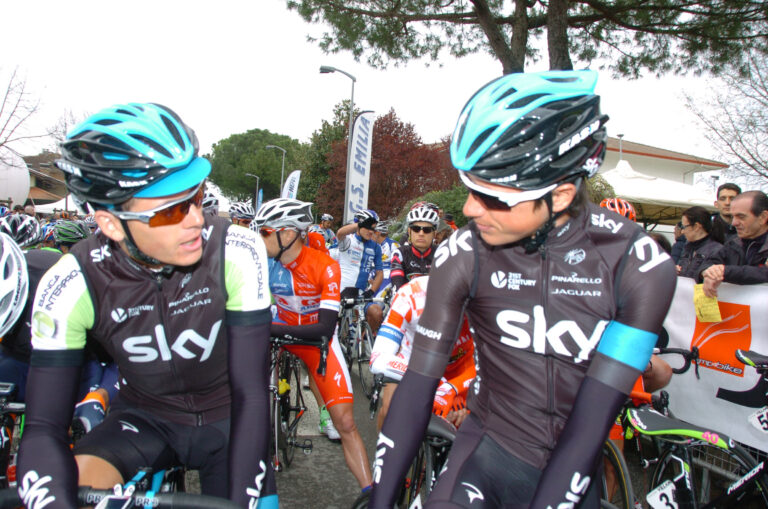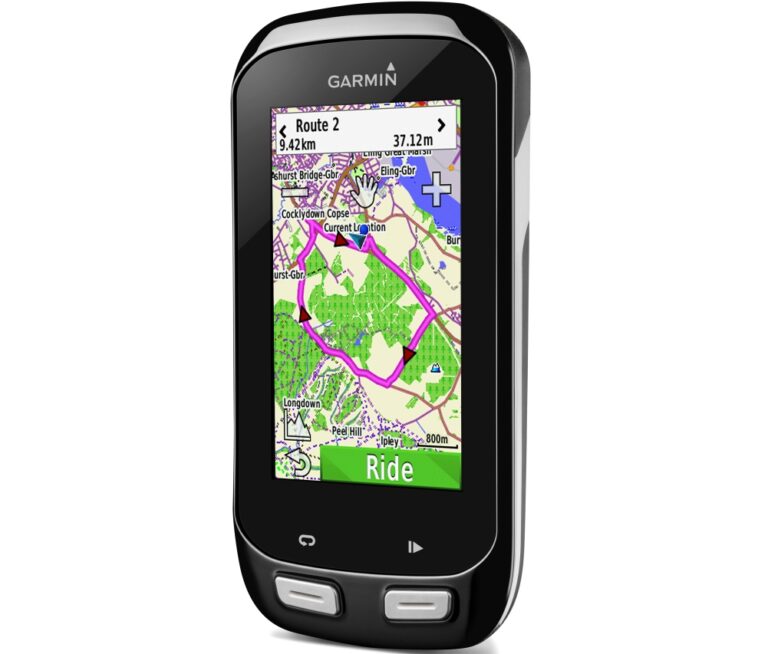Bike parts can seize with continued exposure to road grime.
Often, the dirt effects areas of the bike that are not visible without taking it apart, such as at the seatpost binder and pedal threads.
In the latest of our video maintenance series, we check in with Jon Hayes, mechanic at independent bike shop, Ride, for simple tips on how to avoid the costly dilemma of parts that cannot be removed from the bicycle.
Seatpost
“The classic one is the seatpost,” Jon says. “No one ever does it, it’s super simple to fix, and it costs a fortune in the bike shop if you happen to get one stuck in the frame.”
Periodically removing the seatpost from the frame – ideally, every time you wash the bike – will help to prevent it from becoming seized.
If the seatpost isn’t stuck, removing it is as simple as selecting a correctly-sized Allen key. If it is stuck, however, more severe methods are required, and typically the services of a professional mechanic.
Luckily, the post shown in the edit isn’t jammed, but Jon’s investigation does not end there. The various combinations of frame and seatpost materials – an aluminium post in a carbon frame, for example – can demand different approaches.
The edit shows a carbon post in an aluminium frame. Jon decides that nothing more than wiping the post and the inside of the seat-tube with a silicone spray is required. However, he warns that different combinations may require different approaches. Better quality carbon frames can have a very smooth finish on the inside of the seat-tube, he says, making the use of grip paste important when using a carbon post.
Jon warns, however, that carbon and aluminium can create a chemical reaction, and that the lacquer on many carbon seatposts can break down over time, creating a glue-like substance. “You’ve really just got to keep on top of this one,” he says.
Pedals
Pedals are in the firing line for road spray and have a coarse thread, in bicycle terms. The LOOK pedals shown require an 8mm Allen key.
Jon removes the pedals without issue, but takes the opportunity to clean the threads of the pedal and crank with a rag, and to apply grease to the pedal threads.
“It should go in nice and tight, and quietly,” Jon says of the pedal thread, “with no gritty noises.”
Satisfied that the threads are clean and the bearings in the pedals are in good shape, Jon returns the pedals to the cranks, tightening them with an 8mm Allen key.





